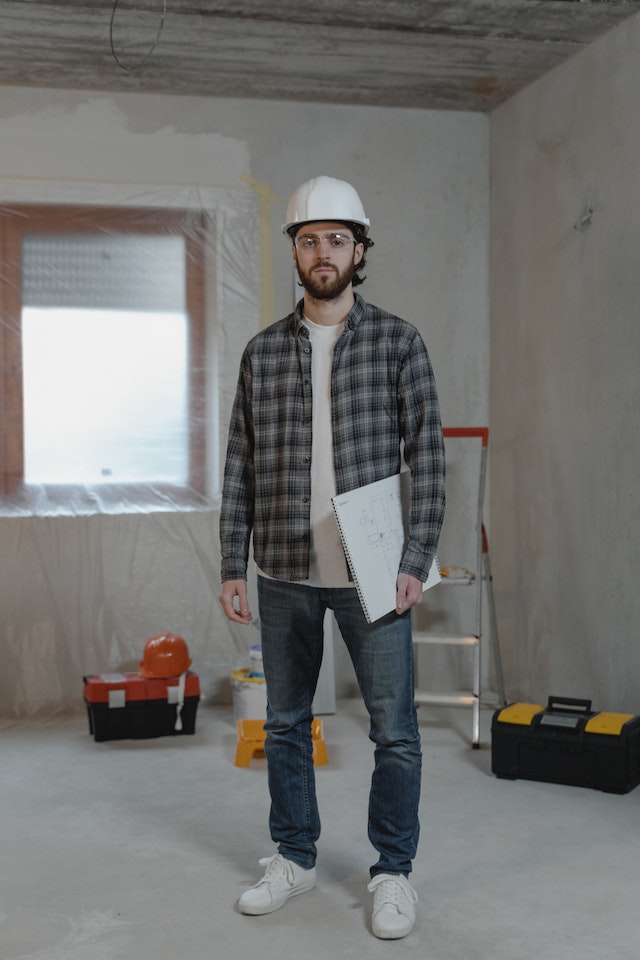Before laying a new floor, it is essential to prepare the surface thoroughly to achieve optimum results. This is because unevenness can cause permanent damage to the flooring material and deteriorate the aesthetic impression of the room. In this article, we'll show you how best to level the surface before laying the floor. With the following steps and the right tools, you will have the perfect subfloor for your new floor.

Step 1: Surface preparation
The first step is to thoroughly clean the surface of dust, dirt and old flooring materials. Remove all pieces of old flooring, any adhesives and irregularities. Use suitable cleaners and a broom to remove all traces of dirt.
Step 2: Repair small cracks and holes
If the surface is damaged by small cracks and holes, it is important to repair them. Use a special floor paint or sealer and apply it according to the manufacturer's instructions. Use a smoothing putty to fill unevenness and create an even surface. Be sure to let everything dry thoroughly.
Step 3: Smoothing out larger irregularities
If there are major irregularities on the surface, such as raised or depressed areas, they need to be leveled. You can use self-levelling putty for this purpose. This material is able to spill out and even out irregularities in the floor. Follow the manufacturer's instructions for application and remember the necessary thickness of the layer.

Step 4: Sanding and planing
If your surface is still uneven despite the previous steps, you may consider sanding or planing. These procedures help to remove significant unevenness and create a smoother surface. Use a sander or planer to remove raised or depressed areas. Always observe safety precautions when using these tools and use caution to achieve an even and smooth surface.
Step 5: Moisture control
Before laying new flooring, it is important to check the surface for moisture. Too much moisture can cause problems such as cracking and peeling flooring materials. Use a moisture meter to measure the moisture content of the floor and make sure it is in accordance with the flooring material manufacturer's recommendations.
Step 6: Undercoat
To ensure better adhesion of the flooring material, you can apply a primer. This primer helps to even out moisture absorption and improves the adhesion between the surface and the flooring material. Choose an appropriate undercoat depending on the type of flooring you plan to lay and follow the manufacturer's instructions.

Step 7: Final inspection
Before installing the new flooring, it is important to go over the surface one more time and perform a final inspection. Check that the surface is sufficiently level, that there are no visible irregularities and that it conforms to the required specifications for the flooring material.
